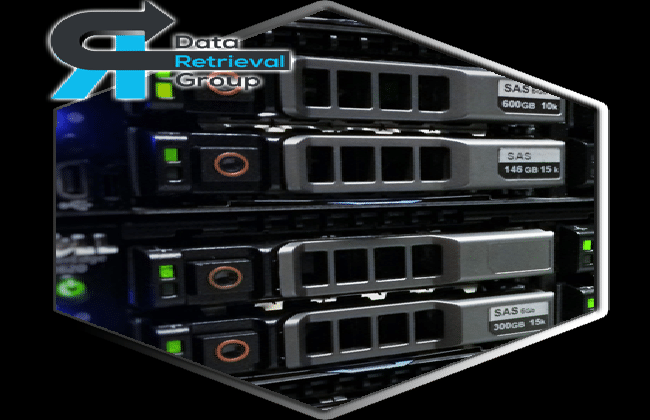RAID is the abbreviation for Redundant Array of Inexpensive Disks. In simple words, when multiple disks are logically put together into a single array then the arrangement is called RAID.
The purpose of putting multiple disks together so that they can work in tandem is to achieve the performance of an expensive disk. However, there is a catch, the overall speed and reliability of a RAID array will depend on the type of RAID one is using.
Just like any other form of data storage device, RAID arrays can also fail.
Table of Contents
What are the symptoms of RAID failure?
If a RAID array is showing the following symptoms then the same is on its way to complete or partial failure.
- If a user witnesses that their RAID array is often facing reading and writing errors, especially when transferring large volumes of data then this could be an indicator of an underlying issue with the array. If the problem is not addressed on time then complete or partial data loss could be a guaranteed outcome.
- In case the RAID array shows a loss of partitions due to a recent malware or virus attack then it is time to subject the array to preventative maintenance in a bid to arrest the deterioration of the affected RAID partition header.
Tips to prevent RAID failures
RAID array failures can be kept at bay by taking the following simple steps on the user end.
- Users should avoid using the CHKDSK tool and disk repair software in a bid to fix RAID errors
- It is advised by experts that users should refrain from installing beta updates of RAID firmware, operating system and software in a bid to keep the array from premature failure(s).
- RAID array operating system and software should always be updated to the latest stable version whenever they are made available.
- RAID arrays should always be hooked up to an uninterrupted power supply as power supply interruptions can harm RAID controller(s).
- RAID array users should have at least two new empty drives at their disposal that can be used to replace a problematic drive of a RAID array thus allowing one to keep downtimes and data loss at bay.
What can one do when RAID failure occurs?
Well, one would have to seek RAID data recovery services.
What is that?
RAID data recovery is the process of restoring and recovering data from a RAID array that has sustained partial or complete failure using manual as well as automated data recovery processes.
How much do RAID data recovery services cost?
It is impossible to point out exactly how much a RAID recovery service would set back a user of a RAID array.
A RAID data recovery service provider would only be able to give an estimate to a RAID array user after the affected RAID array has been diagnosed and the cause of the failure has been determined. As RAID data recoveries can be carried out using both manual and automated processes, the costs will vary. It all boils down to the extent of the damages sustained by the RAID array which dictates whether the data recovery service provider would use an automated or manual RAID data recovery process. Furthermore, the number of data recovery experts that will be assigned to recover data from a failed RAID array by one’s preferred data recovery service provider will also dictate the final cost one would have to bear to get their data back from their affected RAID array.
Conclusion
Although it is not possible to figure out the exact cost one would have to bear to recover data from a failed RAID array, the best possible step one can take is to contact their preferred data recovery agency and let the experts take over the problem.

